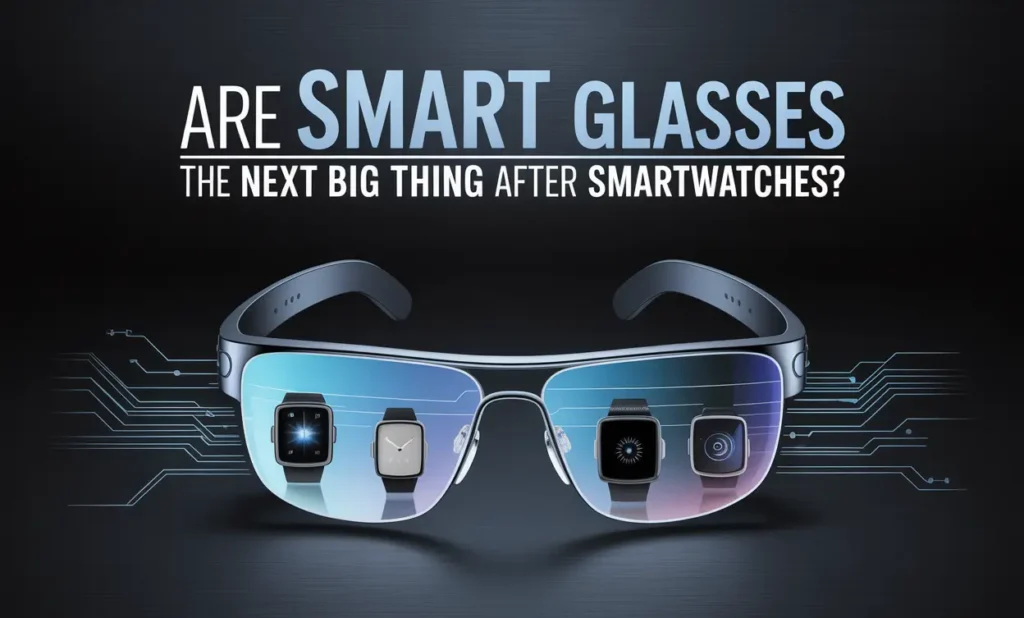
The Evolution of Wearable Technology: From Wrist to Eyewear

The era of wearable technology has experienced a dynamic transformation, beginning with smartwatches and now evolving into smart glasses. As pioneers in the digital lifestyle shift, we have witnessed smartwatches revolutionize personal tech with features like heart rate tracking, messaging, GPS, and even ECG monitoring. Yet, their form factor and functionality are now being challenged by the arrival of smart glasses, which promise to take user interaction and immersive experience to an entirely new level.
What Are Smart Glasses? A Comprehensive Overview
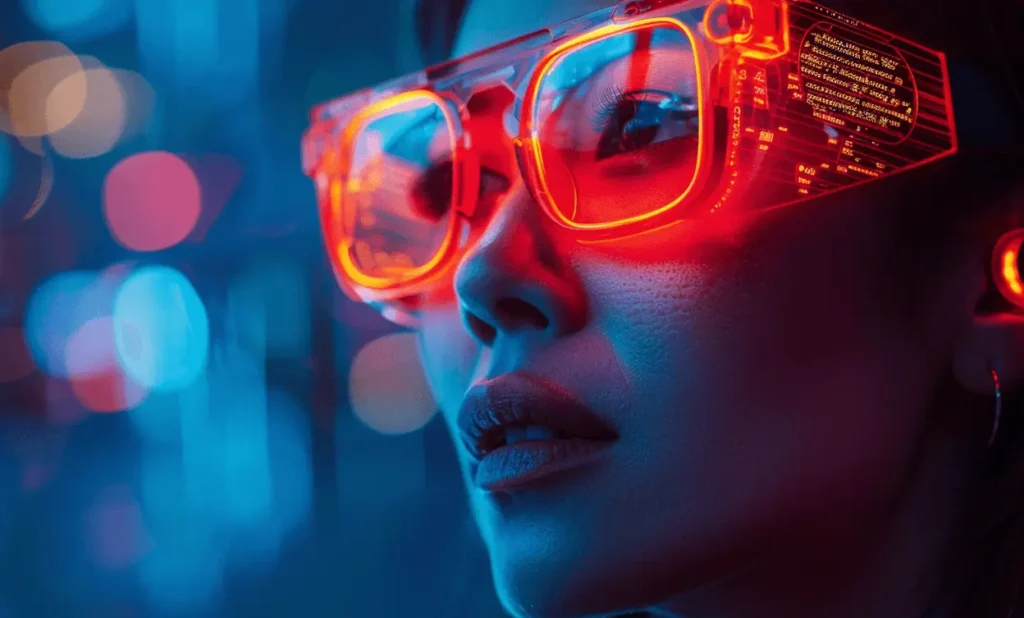
Smart glasses are wearable devices embedded with augmented reality (AR), cameras, microphones, speakers, and wireless connectivity. These futuristic eyewear pieces allow users to receive real-time information, take photos and videos, and even display notifications directly in their field of view.
From voice-command capability to hands-free interaction, smart glasses are crafted to bridge the gap between physical reality and digital augmentation, offering a more seamless integration of technology into our daily routines than ever before.
Why Smart Glasses Are More Than Just a Trend
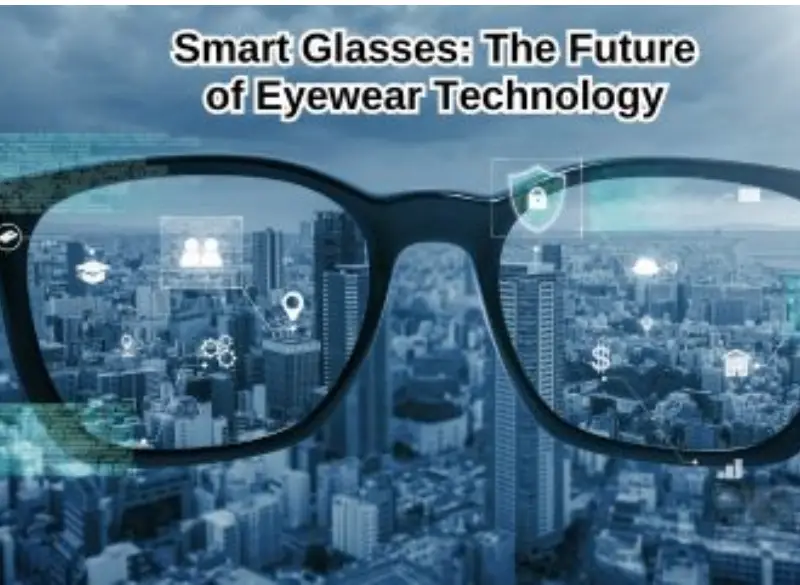
Unlike the hype surrounding many tech gadgets, smart glasses bring a practical and transformative potential across multiple industries:
1. Enhanced Productivity for Professionals
Smart glasses are already being adopted in enterprise environments such as healthcare, logistics, field service, and manufacturing. For instance, a surgeon can access real-time vitals without shifting gaze, or a technician can receive on-screen guidance while repairing machinery. This is not mere innovation it’s about workflow optimization and hands-free efficiency.
2. Revolutionizing Consumer Experience
For general consumers, smart glasses serve as personal assistants, offering voice-activated maps, real-time translations, and notifications without having to reach for a phone or smartwatch. AR overlays provide a powerful way to enrich travel, learning, and even shopping experiences.
3. The Role in Accessibility and Inclusion
Smart glasses hold immense value for people with visual or hearing impairments, offering audio descriptions, subtitling, and navigation aid. This highlights the technology’s potential to empower millions, not just entertain.
Smart Glasses vs Smartwatches: A Comparative Analysis
| Feature | Smartwatches | Smart Glasses |
|---|---|---|
| Display | Small touchscreen | AR overlay in the field of view |
| Interaction | Touchscreen, buttons, voice | Voice, gesture, gaze, touchpad |
| Functionality | Fitness, notifications, calls | Navigation, real-time info, media capture |
| Battery Life | 1-2 days | Varies (generally shorter, improving) |
| Use Cases | Fitness, messaging, reminders | AR display, remote assistance, real-world data |
While smartwatches are highly compact and familiar, smart glasses provide a hands-free, immersive experience, setting a new standard in contextual computing.
Key Players Driving the Smart Glasses Market
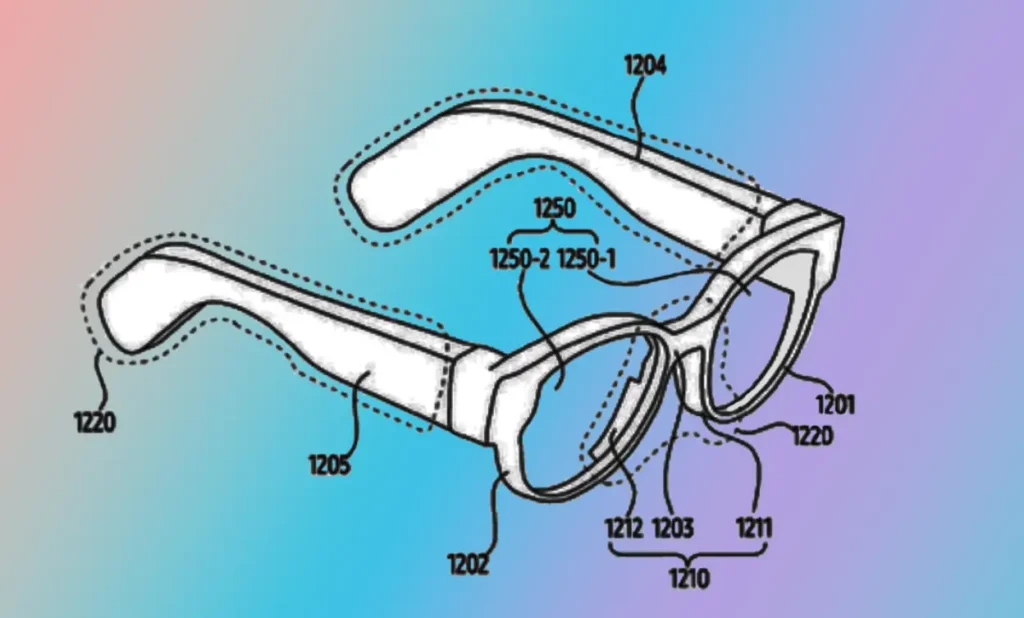
The smart glasses ecosystem is gaining momentum, fueled by major tech companies and innovative startups. Some notable players include:
- Apple (rumored Apple Vision product line)
- Meta (Ray-Ban Meta Smart Glasses)
- Google (Google Glass Enterprise Edition)
- Microsoft (HoloLens)
- XREAL (formerly Nreal)
Each brings unique features, from lightweight lifestyle products to enterprise-focused augmented reality headsets, pushing the boundaries of wearable AR.
Challenges to Widespread Adoption
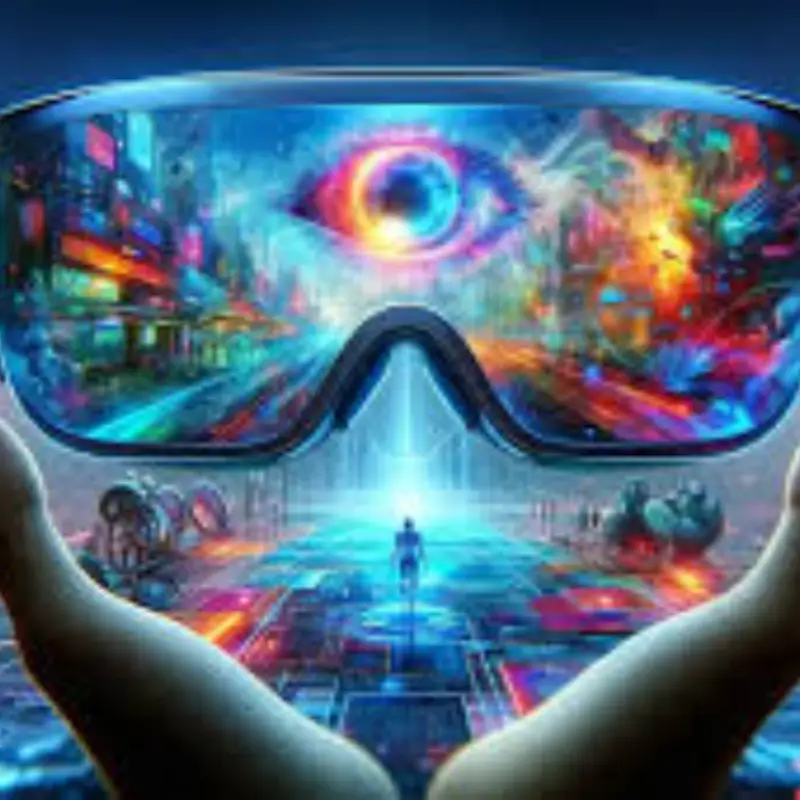
Despite the hype and innovation, there are hurdles:
1. Privacy and Ethical Concerns
The use of cameras and microphones in smart glasses has sparked debates about surveillance, consent, and data security. Addressing these concerns is critical for widespread consumer trust.
2. Battery and Performance Limitations
Fitting powerful AR features into compact eyewear form factors continues to challenge engineers. Thermal management, battery life, and display quality are still evolving.
3. Style and Social Acceptance
Unlike watches or earbuds, glasses are highly visible and personal accessories. Achieving a balance between tech integration and fashion appeal is vital for broader market penetration.
Use Cases That Make Smart Glasses the Future
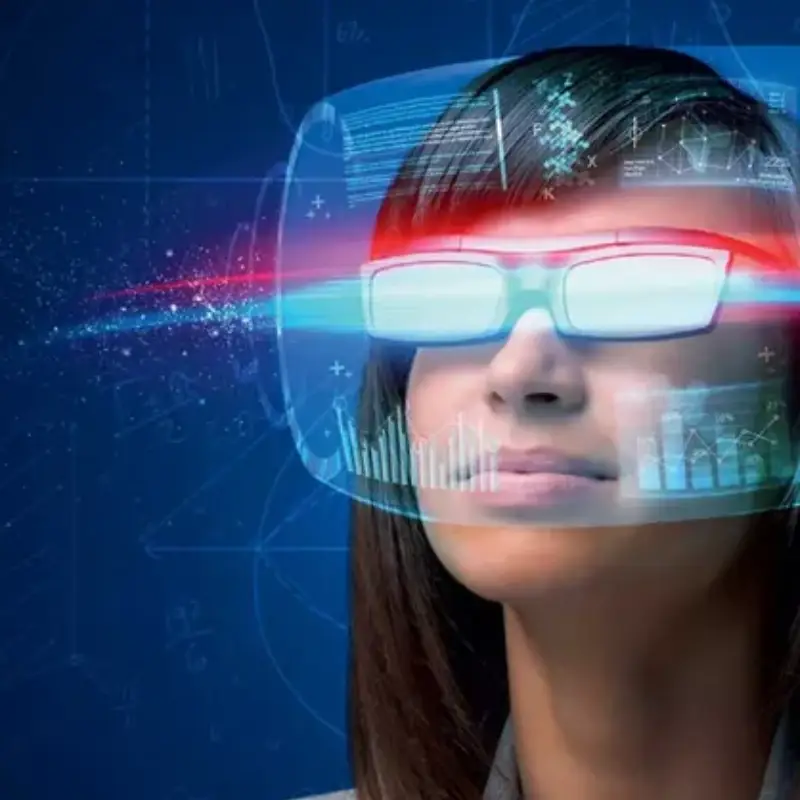
1. Augmented Reality Navigation
Walking through a city while seeing turn-by-turn directions overlayed on streets this is no longer science fiction but a real application of smart glasses.
2. Remote Assistance and Collaboration
Technicians can now perform complex tasks while connected to remote experts who can see what they see and guide them in real time.
3. Health Monitoring and Biofeedback
Some smart glasses are being designed to monitor brain activity, eye movement, posture, and even mental fatigue, offering more detailed metrics than wristwear.
4. Educational and Training Applications
AR-powered learning modules can project 3D models and instructions, dramatically improving engagement and knowledge retention in training scenarios.
Smart Glasses in the Metaverse and Beyond
Smart glasses are not just about AR—they are poised to become the gateway to the metaverse. Unlike bulky VR headsets, lightweight smart glasses may enable persistent digital overlays in the real world, making mixed-reality environments a practical reality.
Spatial computing is the next frontier, and smart glasses are the natural interface for this paradigm. As cloud processing, AI, and 5G continue to advance, these glasses will become smarter, lighter, and more intuitive.
The Future Outlook: Mass Adoption on the Horizon
According to market analysts, the smart glasses market is expected to grow by over 30% CAGR through 2030, reaching billions in revenue. As hardware costs decrease and functionalities increase, we anticipate mass consumer adoption within the next decade.
Big tech companies are investing billions into next-gen optics, AI integration, and UX design, all indicators that smart glasses are being positioned as the natural successor to smartwatches in the wearable tech hierarchy.


